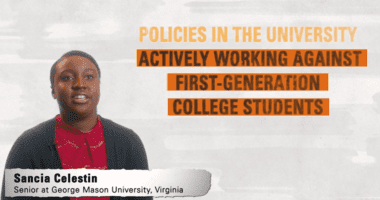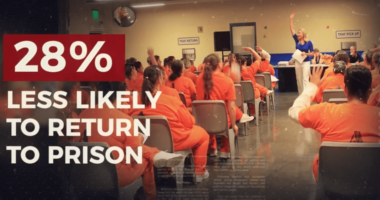Completion & Success
Obtaining a college degree has never been more important, but too few students who begin college make it to graduation. Only six in 10 who enroll in a four-year college finish within six years, and rates at community and for-profit colleges are much lower. The odds are even worse for low-income students and students of color.
African Americans are two times less likely and Latinos 2.5 times less likely than white young adults to have a bachelor’s degree. Additionally, students from the lowest income families (11 percent) are seven times less likely to earn a bachelor’s degree by the age of 24 than their peers from the highest income families (79 percent).
That’s why we focus on improving postsecondary results for students, particularly those from low-income families and families of color, by:
- Helping institutions effectively use data to improve student retention and completion;
- Identifying and promoting best practices used by successful colleges and universities; and
- Providing College Results Online, a free online tool for students and parents, school counselors, researchers, and policymakers to search and compare colleges based on performance
Less than one percent. That’s the amount by which the college graduation rate gap between white and underrepresented minority students (URMs) closed in the last decade.
Our OASIS Initiative is working with 10 Higher Education Leaders to Increase Graduation Rates for Black and Latino Students.












